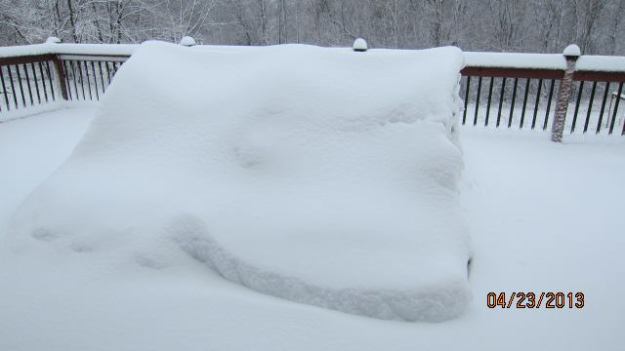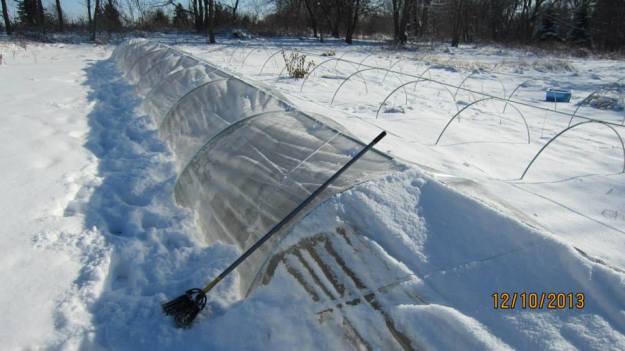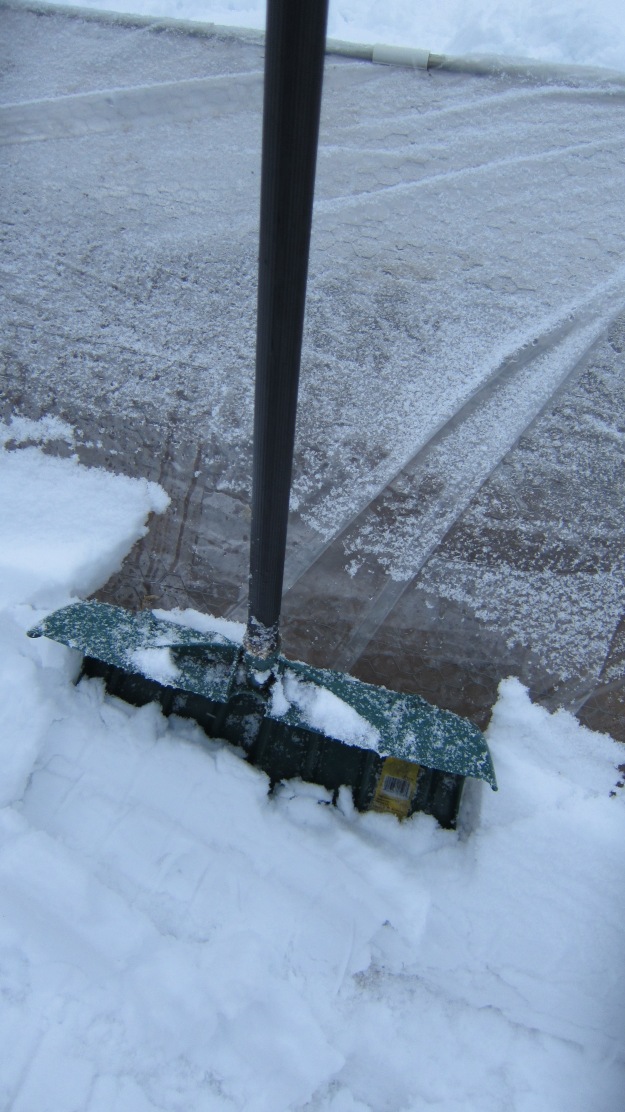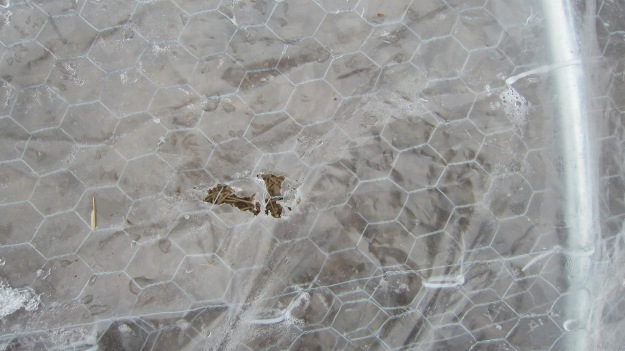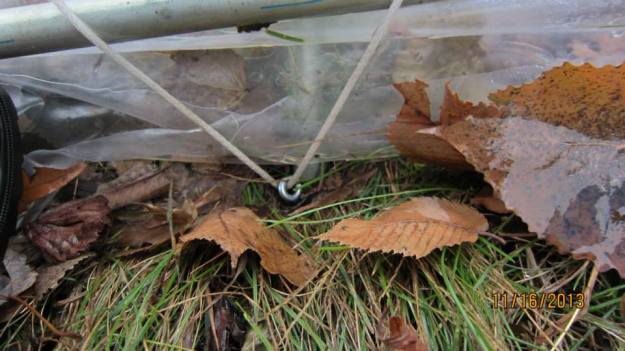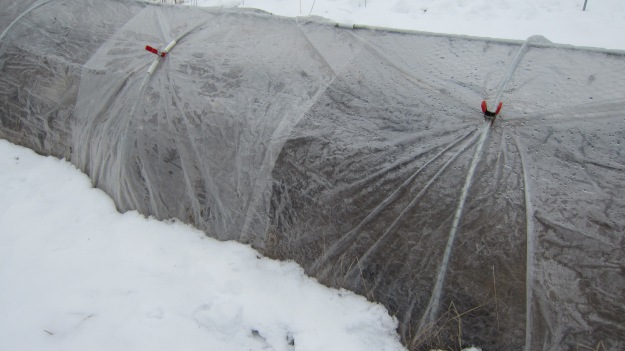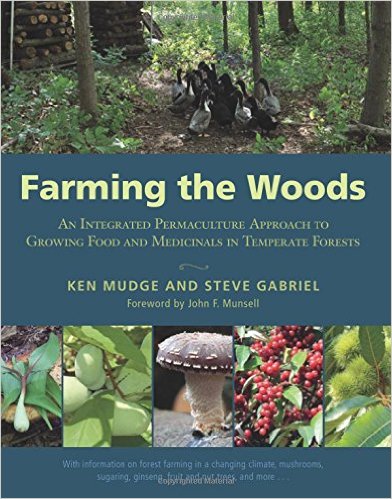It’s must be God who constantly inspires me to research and start projects.
Long before my family moved to this place, I knew we would move to the country one day. I grew up in the country, and have the first hand experience about the terrible country smell. I knew in the country, there is no sewer system. Country dwellers must use septic system, which is not environmental friendly. I can do cleaning without toxin ladened cleaning products, but I can’t help with human waste.
My grandparents on my father’s side lived in a Japanese style wooden house. Human waste fell from the squatting toilet closet to a storage pit underneath, the same height as ground level, which was enclosed as part of the house. Grandma would open the access door on the wall of the house and used a long handled ladle to ladle out the content from the pit to 2 wooden buckets, then carried the buckets with a bamboo stick yoke to a nearby cement pool in the midst of rice paddies to dump. Sometimes she scooped out content from the cement pool to fertilize her vegetables..
My family’s toilet in my childhood was not as convenient as grandma’s. The collecting pit was underground. Most people’s toilets at that time had underground pits. I only saw it got suctioned once. Imagine how terrible the smell was! The toilet “closet” was attached to kitchen. One day a mouse got into the pit then feasted in our rice storage urn. Mom and dad washed the stinky rice over and over again,trying to remove the smell without prevail. Finally they discarded the whole urn of rice.
Before moving to the country, beside farming, I thought about the need to treat human waste properly. I began to study constructions of septic systems, outhouses, and composting toilets. I liked the idea of composting toilet very much, for water is a precious resource. Using drinking and washing water to flush toilet is wasteful to me.
When comparing the designs of composting toilets, I found them treating waste not much different then the ones I encountered in my childhood. Most of them just accumulate human waste and have fans to draw out smell or dry the waste to solid for further disposal. I also viewed many youtube videos about composting human waste. Some just collects human waste in plastic buckets then leaves the buckets and all at a certain site. Some uses plastic bags to line up buckets and collects waste, then dumps filled bags in the farms. They called these “Composting”. I’ve seen videos showing how to make composting toilet seat to fit with 5 gallon bucket, and how to dry flush with peat moss or saw dust, still I had lots of doubts about the way people do after their buckets are full.
One day I read a book called The Humanure Handbook: A Guide to Composting Human Manure by Joseph C. Jenkins and was very pleased with the book.
The book have many comparisons among methods used to treat human waste in forms of charts, backed by many published research papers and research institutes. In that book you can find
- methods people used to dispose human waste in the past, or in undeveloped countries today.
- methods people used today in developed country to treat human waste.
- analysis of the products of each method and problems in each methods.
- pathogen contents and mortality time tables ( or survival rates) in different treatments.
What surprised me was : neither the sewer treatment nor septic system can destroy common human pathogens or parasites. Yet after short term hot composting or long term cold composting, researchers couldn’t find viable disease causing bacteria, virus, parasites , or live eggs.
In The Humanure Handbook: A Guide to Composting Human Manure, the author introduced workable ways to collect and compost human waste. Other than the concern of diseases, the author stressed that his method does not smell. I believed it based on my experience of composting my own kitchen and yard waste and wanted to give it a try.
Everybody in my family thought I was crazy. Husband refused to get those 2 for $5 on sale 5 gallon plastic buckets. He was so mad at me and accused that my experiment would cause financial crisis to the family.
In 2013 Christmas, the whole family went to Taiwan to visit relatives. My husband teaches in a university and have a J-term course for students to study in Taiwan for a month every year. My children and I only stayed in Taiwan for 9 days, then came back the the State. Husband and his students stayed in Taiwan and returned before next semester started. That winter Wisconsin experience severe arctic vortex. The temperature was much lower then usual.
The third day of our return, I did many loads of laundry. Kids all went to public school that school year, and the school just started. Near noon a sudden strange alarm startled me. I hadn’t heard that kind of sound before and couldn’t figure out what it was. I dialed 911 and asked for help. The lady at 911 said it probably was the alarm from sump pump and sent a police officer to my house. He quickly found the alarm, turned it off, and suggested a septic service. Though we had our septic tank pumped that summer, I called the service.
An old gentleman came and waddled in snow with a big pipe to pump out content from our septic tanks. Later he asked for hose to flush the connecting pipe. I showed him the hose and went back to the house. Few minutes later he came to me and said the connecting pipe to the big tank was frozen.
In my panic I asked him what to do . He said there’s nothing we could do to thaw the frozen pipe. We had to wait until spring to use the septic tank again, which was 4 months later.
He told me what people do in this situation, which is not uncommon in this area:
- Hire septic service when the sump pump tank is full again, which is expensive ($375 each service).
- Rent johnny.
- Go potty in the yard.
- Go to coin laundry to do laundry.
- Use very little water. Don’t cook or wash in the house.
I could do laundry in the coin laundry, but other suggestions were not possible. I don’t want to go bare in this severe cold, especially at night , not even in a johnny. I can’t stand the smell of a johnny, too. Coyotes howls at night from time to time in our yard. Sometimes they fight loudly. I don’t want to encounter one.
Then I recalled this book The Humanure Handbook: A Guide to Composting Human Manure and hope rose.
I got an 5 gallon plastic bucket which was not in use as a temporary potty then put in 1/4 bucketful of peat moss . I looked at the classification of local free newspaper and found a nearby farmer who had square hay bales for sale and could deliver them to my house. That day I brought kids to Burger King for dinner, then went to the same home improvement store to buy more 5-gal plastic buckets and peat moss bales for dry flush. The next day I constructed composting site under a discard duck coop with a layer of hardware wire to prevent rodent, a layer of plastic sheet to prevent leaking, a layer of hay bales, then build walls around the hay bales with more hay bales. Husband was far away in Taiwan and couldn’t help or stop me at all. I got dish tubs and stoppers for kitchen sinks from the store. By using my home made soap we didn’t need to worry about residue of soap or pollution of waste water on our lawn. I carried 2 5-gal buckets of waste water to the yard at a time then dumped waste water far away to prevent ice near the house. In bathroom I got a rubber pig feeding tub to catch shower water from Tractor Supply Company in town. Shower curtains were hung around shower stall to direct water into the feeding tub. After shower, the water was used to hand wash clothing, then was scooped out to 5-gal buckets to dump in the yard. I put big plastic tubs in laundry room to catch water from water softener. When the water softener flushed, water was scooped into 5-gal buckets then carried out to dump in the yard. I then hurried back to catch more flushing water. One flush of the water softener takes about 16 5-gal bucket loads. Sometimes in the midnight I heard the water softener flushing, I sprang out of bed immediately, put on clothing quickly, then raced with the flushing water in the deep snow. In order to dump water far from the house, I need to shovel out paths after each snow.
My second son and I built 2 wooden toilet seats to house 5-gal buckets to use in bathrooms. The buckets was filled with 1/4 bucketful of peat moss before use. After each use, we scattered in a cup of peat moss to dry flush. It does not really flush. To be more exact it covers the wet content we just disposed in the bucket. This did remove smell from the bathroom, and we used these toilets until the earth thawed. One bucket was needed a day for our family of 6. When a bucket was almost full, I covered it with a lid and stored it in our laundry room. When the last empty bucket was put to use I carried all the full buckets to the composting site with a toilet bowl brush, a flower watering can filled with hot water, dumped the content onto piled hay and washed the buckets, then dumped the waste water onto hay pile. After all the buckets were emptied and cleaned, I covered the pile with a layer of dry hay, which removed the smell quickly from the air. The washed buckets were aired to dry then brought back to the laundry room to store.
I started the composting site in cold winter, the content didn’t get composted right away. Instead, it froze. After several dumping, less than a month, the site was full.
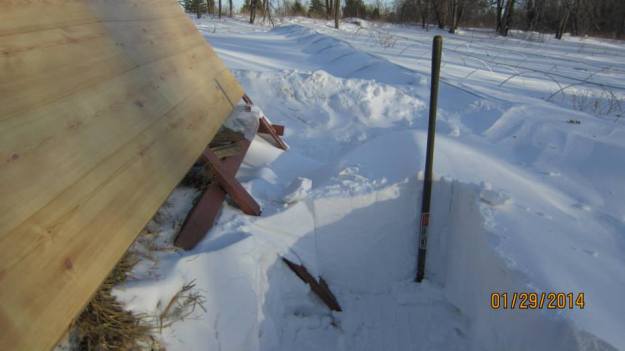
I had to find another composting site. This time only under deck where little snow accumulated was available. I went to home improvement store to buy more hardware wire , concrete reinforcement wire, and tarp to build the second site.
I was the only one who did all the composting and water dumping. Husband said he didn’t know how to use little water to do dishes and refused to help. He did not want to involved in composting , so he peed in the yard.
In the following winter, the septic pipe froze again. This time we were not as panic as previous year. The system was set up again in one day . We still cooked and washed in the kitchen, showered and laundered in less wasteful way, for waste water bucket was heavy, and I carried two buckets to dump at a time. That year my husband finally helped. Sometimes he carried waste water to dump and dumped few buckets of humanure.
During summer the compost pile composted and the volume reduced greatly. When the pipe froze happened again, I didn’t need to construct a new site. The pile was alive, it composted in the cold. I found wood fuel pellet worked better than peat moss in absorbing liquid, so instead filling empty bucket with 1/4 bucketful of peat moss, I used fuel pellet. It costs less than peat moss and smelled better. We didn’t need to dry flush each time unless we needed to cover stool. This made the bathroom less dusty, too.
This year we had our septic pipe reinstalled and insulated. The contractor advised me to cover the site with one inch of hay. I did what he said and covered the site with an used greenhouse film. Hope we don’t need to use composting toilet , or refrain from using water this winter. I am not against of these methods, the problem is , I am the only one who struggles to solve problems. Life is hard with this kind of partner, who leads the whole family against me. Still life proved that we need to be self sufficient in every way, including knowing how to go potty.



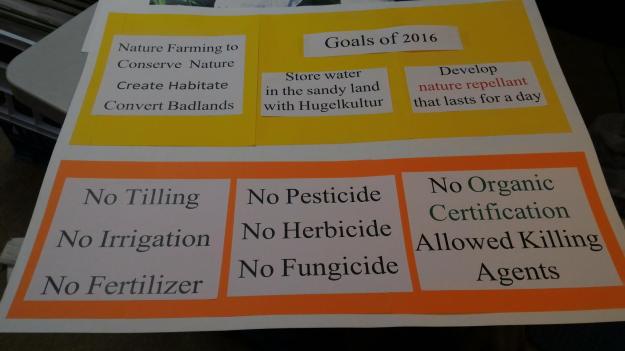






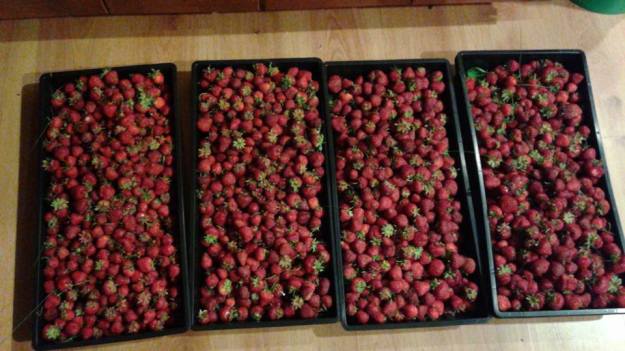




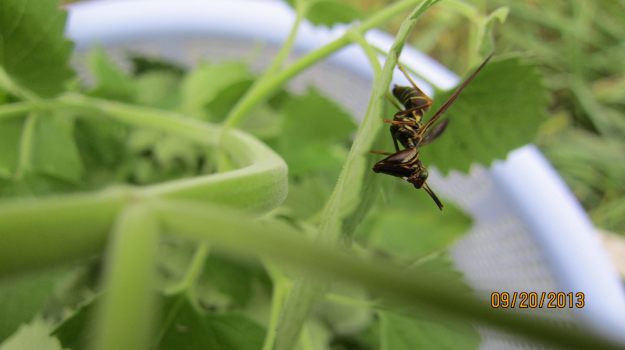
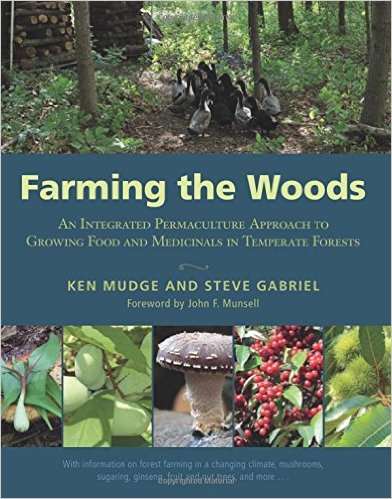
![IMG_1063[1]](https://oasisnaturefarm.files.wordpress.com/2016/01/img_10631.jpg?w=625)


